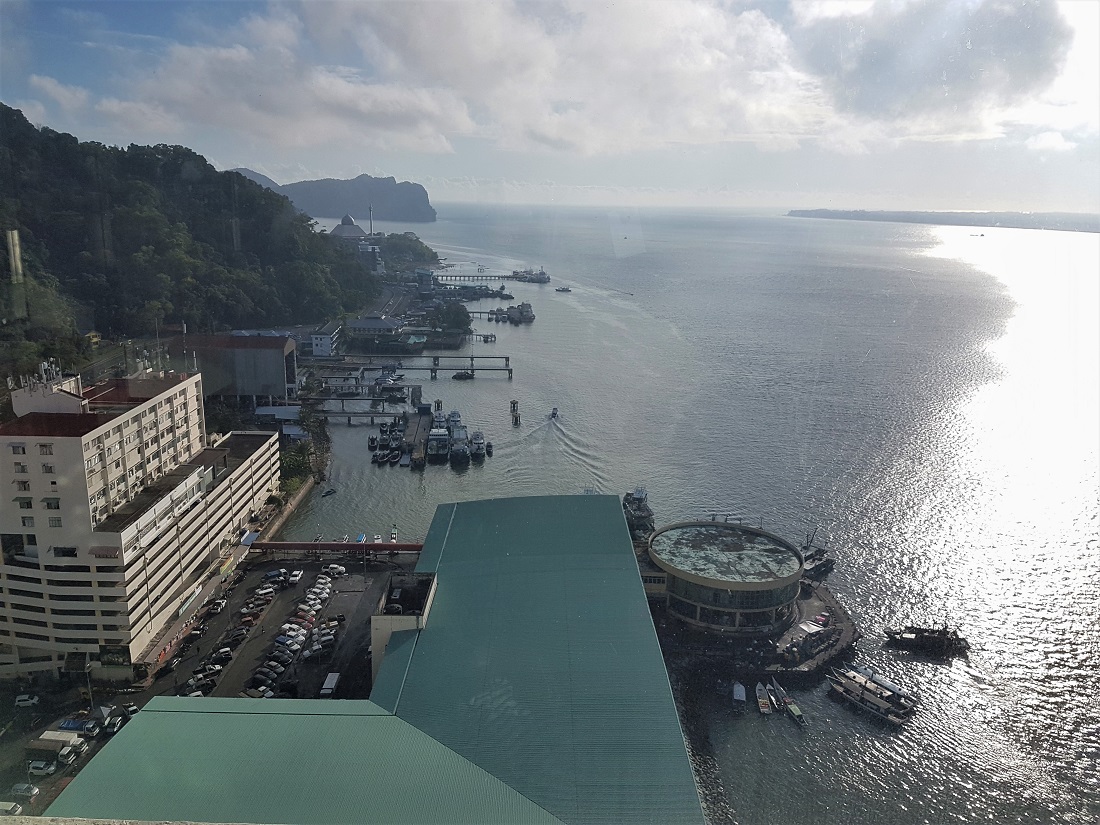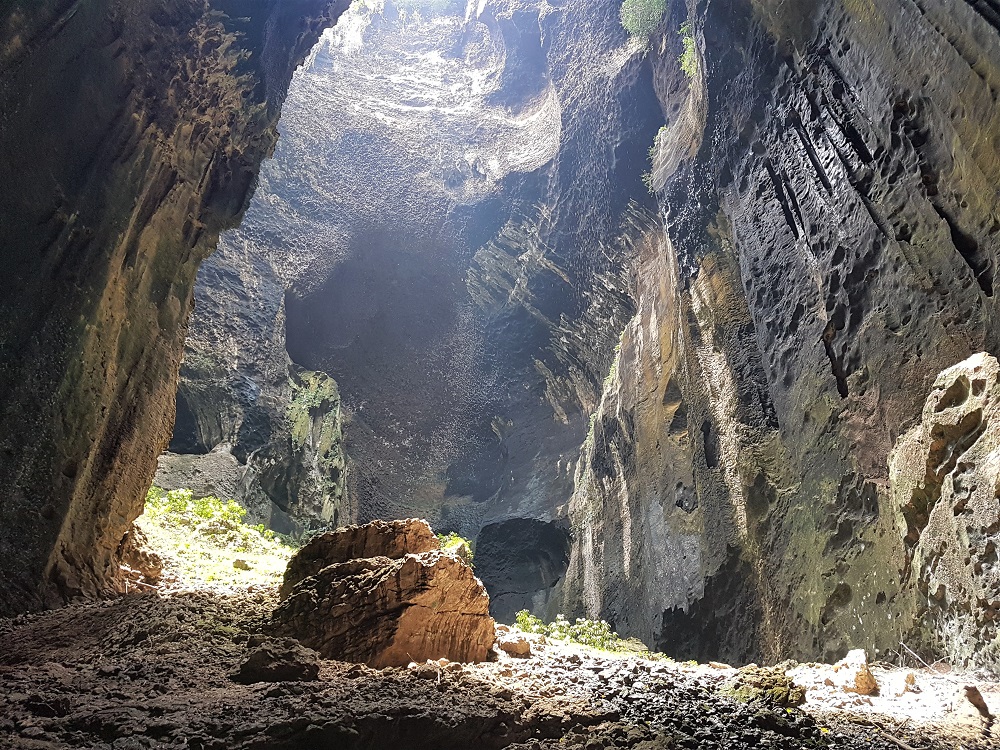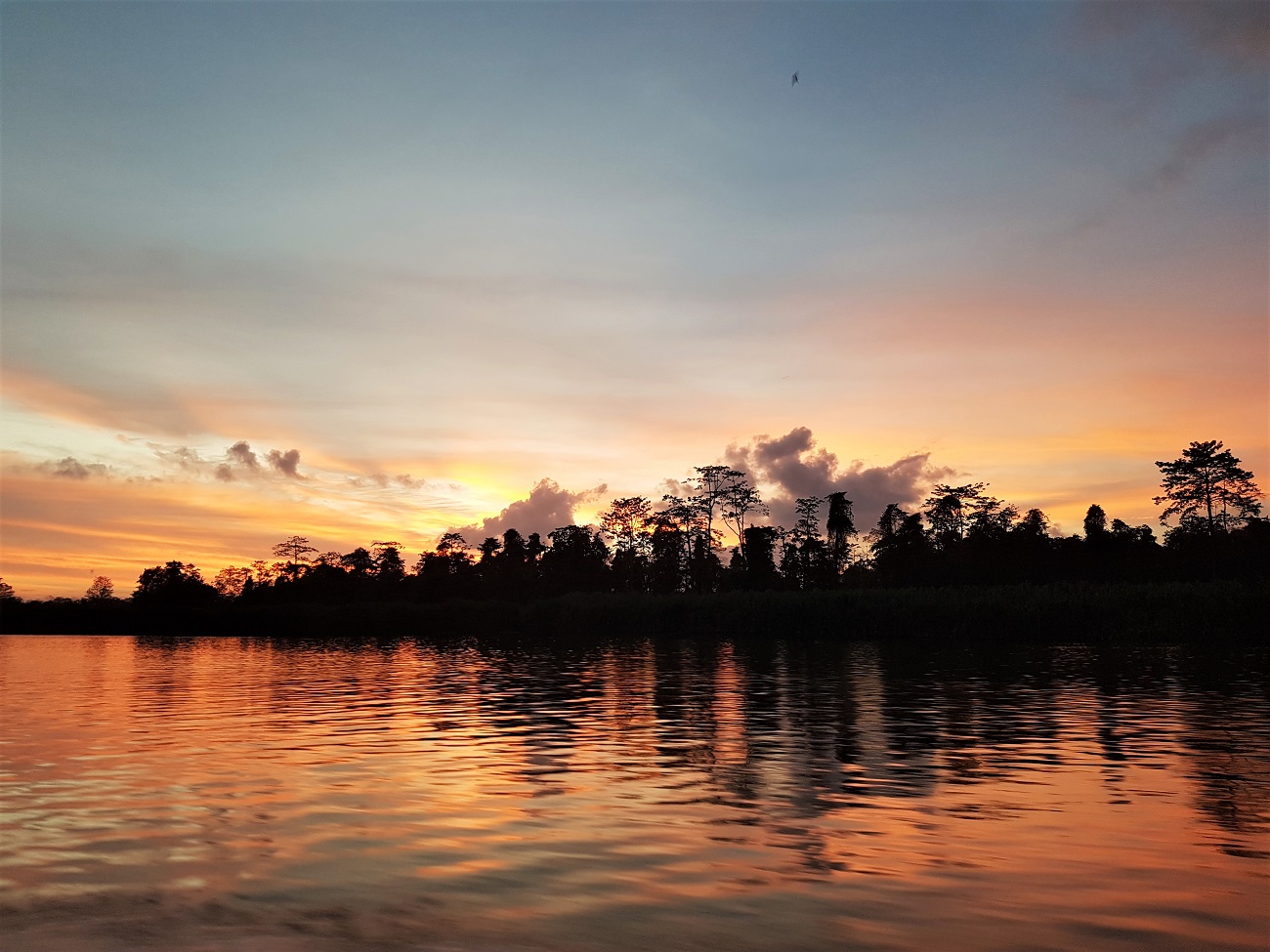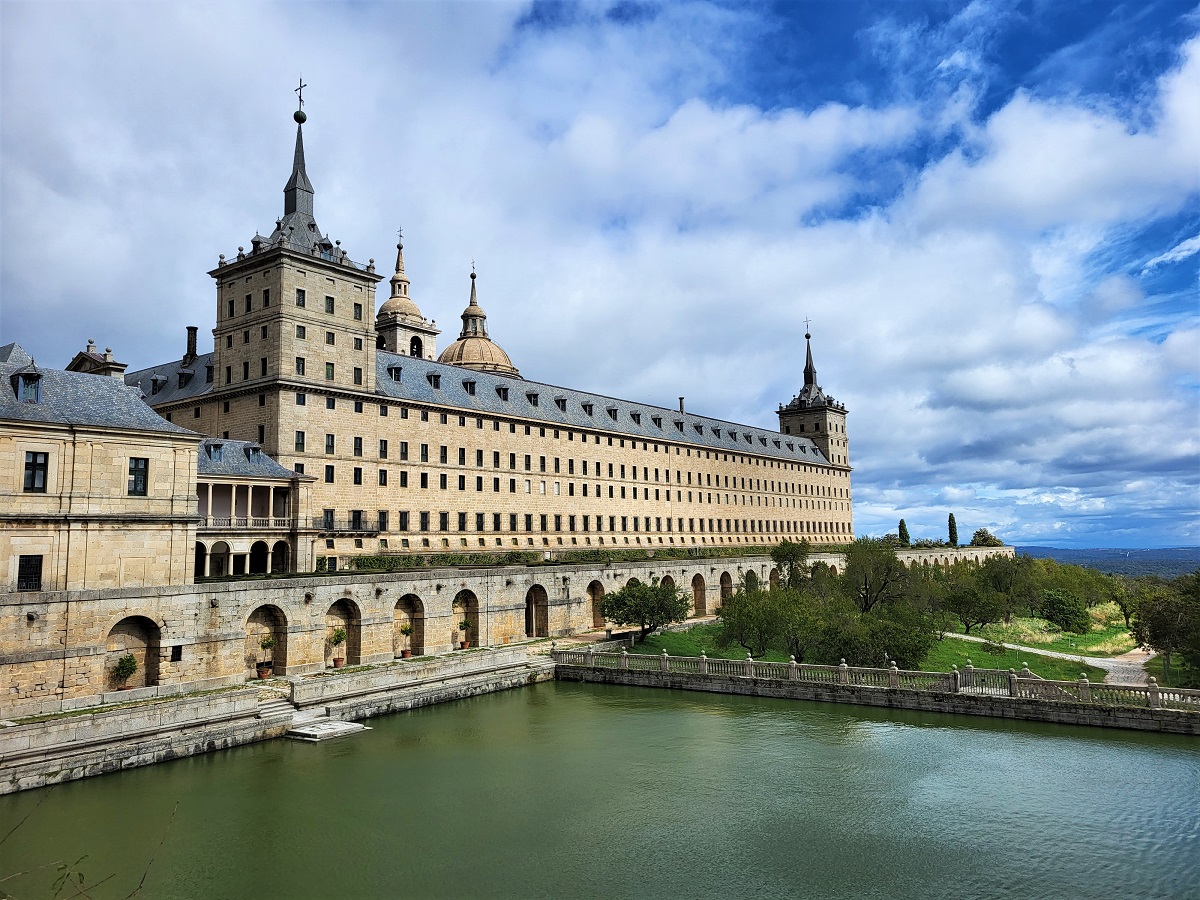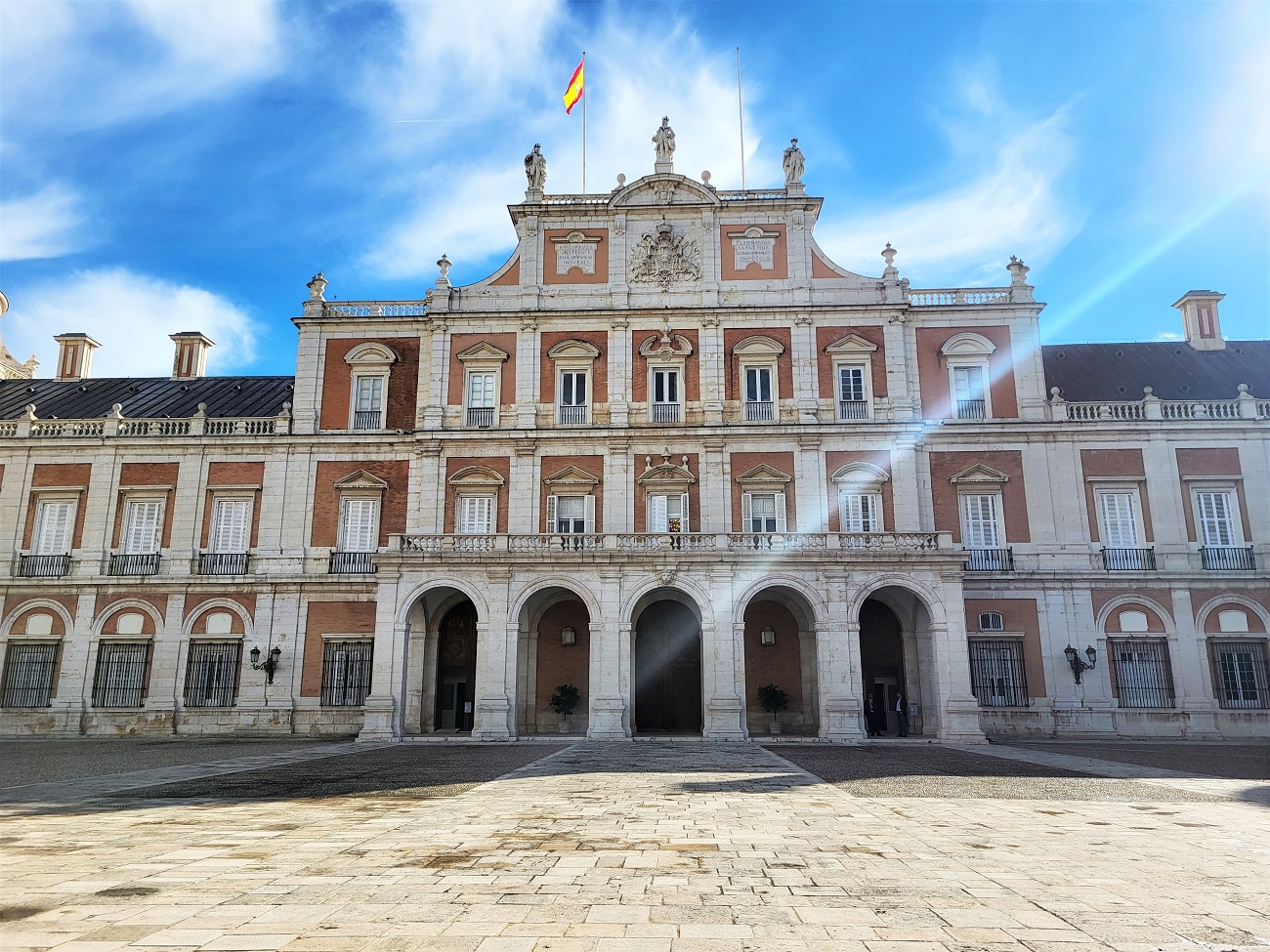On the shores of the Sulu Sea in northern Borneo, you’ll find the city of Sandakan, home to more than 400,000 people. The second biggest city in Sabah state, it’s the gateway to those looking to visit the wildlife in Sepilok and along the Kinabatangan River. But this seemingly ordinary city has a tragic past. A former British colony and the capital of British North Borneo, the city was destroyed by the occupying Japanese forces and Allied bombing during the Second World War. It was also the site of one of the cruelest atrocities in the Pacific War, and the…
-
-
“If you feel shaking in the middle of the night, don’t worry, it’ll just be a pygmy elephant rubbing up against your hut.” So were the immortal words of my guide as I checked into the jungle lodge that was to be my home for the next two nights. Welcome to the Kinabatangan River! Situated in northern Borneo’s Sabah state, this enormous river – the second longest in Malaysia – is a haven for wildlife. Orangutans, monkeys, pygmy elephants, hornbills, crocodiles, clouded leopards, kingfishers and more all call the area home. Sadly I didn’t see any pygmy elephants during my…
-
Deep in the Bornean jungle lie the wondrous Gomantong Caves, a vast network of limestone caves set amid the remote Gomantong Forest Reserve. The caves are the biggest in northern Borneo’s Sabah state and they’re renowned for the valuable swiftlet nests that line their walls. These highly sought after nests (above) are used to make the Chinese delicacy, bird’s nest soup. Only local people with a licence can collect the nests and this collection is restricted to twice a year – from February to April, and July to September. To safeguard the swiftlets and their nests, there are huts inside…
-
I’ve been lucky enough to visit some incredible places around the world, but whenever anyone asks me where I’d like to go back to, I always say Borneo. Boasting incredible wildlife (including my favourite animal, the orangutan), friendly, welcoming people and some of the best food I’ve ever eaten, it’s an unforgettable part of the world. I visited the north-east of the island back in 2019 on a two-week tour of Malaysia and planned to write up my adventures in 2020. But Covid hit and it seemed weird to write glowing reviews about a part of the world you could…
-
At the foot of the Sierra de Guaderrama mountains, to the west of Madrid, lies the magnificent monastery of El Escorial, or San Lorenzo de El Escorial to give it its full name. Built by Felipe II between 1563 and 1584, the monastery was designed to house the remains of the Spanish royal family and over the centuries, countless members have been entombed within its gargantuan walls. Severe, austere and imposing, El Escorial is part-monastery, part-palace and quite unlike any palace I’ve been to – for at times, it feels like a giant tomb. The huge fortress-like structure is laid…
-
Of all the many places I visited in Madrid, the Museo Cerralbo was by far my favourite. Situated in an unassuming 19th century mansion, the museum showcases the former home and collection of Enrique de Aguilera y Gamboa, an archaeologist, politician and the 17th Marquis of Cerralbo. When he died in 1922, the Marquis left his collection to the Spanish nation on condition that the state keep the house as he left it. And I can’t say I blame him for that. Madrid has many lavish, ornate museums and palaces, but the Museo Cerralbo tops the lot with its jaw-dropping…
-
Some 45 minutes to the south of Madrid, you’ll find the city of Aranjuez, home to the Royal Summer Palace and Gardens. The city is where the Spanish royal family used to decamp after Easter, taking up residence in its leafy surroundings until June. The palace was originally built by the Order of Santiago after the conquest of the Moors and passed to Isabella I at the end of the 15th century. Emperor Charles V had long dreamed of turning Aranjuez into an Italianate palace, and in 1560 his son Felipe II set about making this dream a reality by…
-
Hip, friendly Porto is a foodie’s paradise boasting pretty tile-clad buildings, superb cafés and restaurants, and lots of interesting sights. Having spent four days exploring the hilly Portuguese city’s maze of narrow streets and sampling its gastronomic delights, it seemed the perfect place to add to my growing list of travel guides. Without further ado, here’s my mini travel guide to Porto… Glorious churches, cathedrals and monasteries From the Capela das Almas (Chapel of Souls) to the Igreja de Santo Ildefonso (above), many of Porto’s most memorable buildings are the glorious churches covered in the region’s distinctive blue and white…
-
When my friend and I were looking for things to do in London last month, one of my friend’s colleagues suggested we visit ‘The Cult of Beauty’ exhibition at the Wellcome Collection. The free exhibition at the Euston Road museum explores concepts of beauty through the ages and across cultures in the context of gender, race, age, health and status. We arrived at the Wellcome Collection around 11.30am to find the exhibition was closed until 12pm, so we went off to explore the main collection while we waited. On coming back at 12pm, we found the museum had put a…
-
A couple of weekends ago, I went to London (again!) to stay with one of my friends and on Saturday, we drove up to Essex to visit another of our friends and her family. Our friend suggested we spend the day exploring nearby Mersea Island, the most easterly inhabited island in England. The island, which is home to some 7,000 people, has a long history, having been inhabited since before the Romans came to Britain. It’s renowned for its fishing industry, most notably its oysters. Situated between the Blackwater and Colne estuaries, the causeway to the island is cut off…

